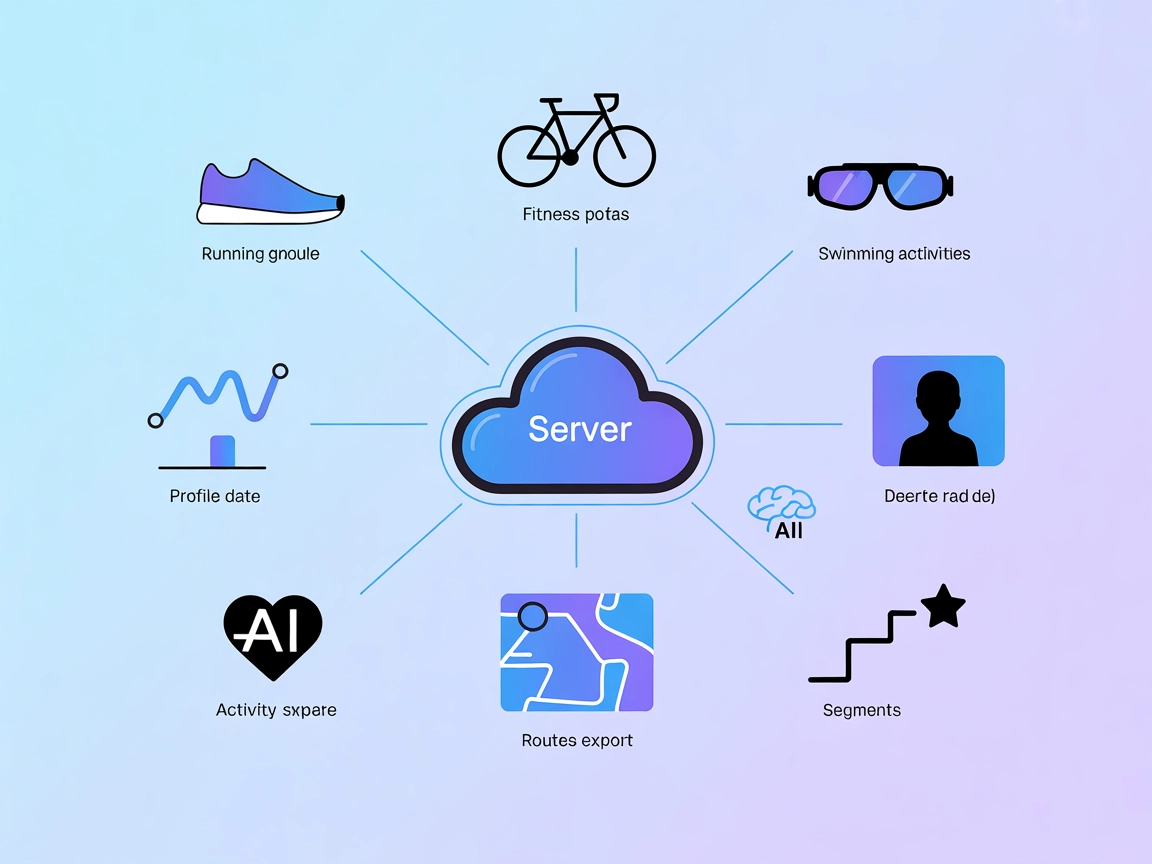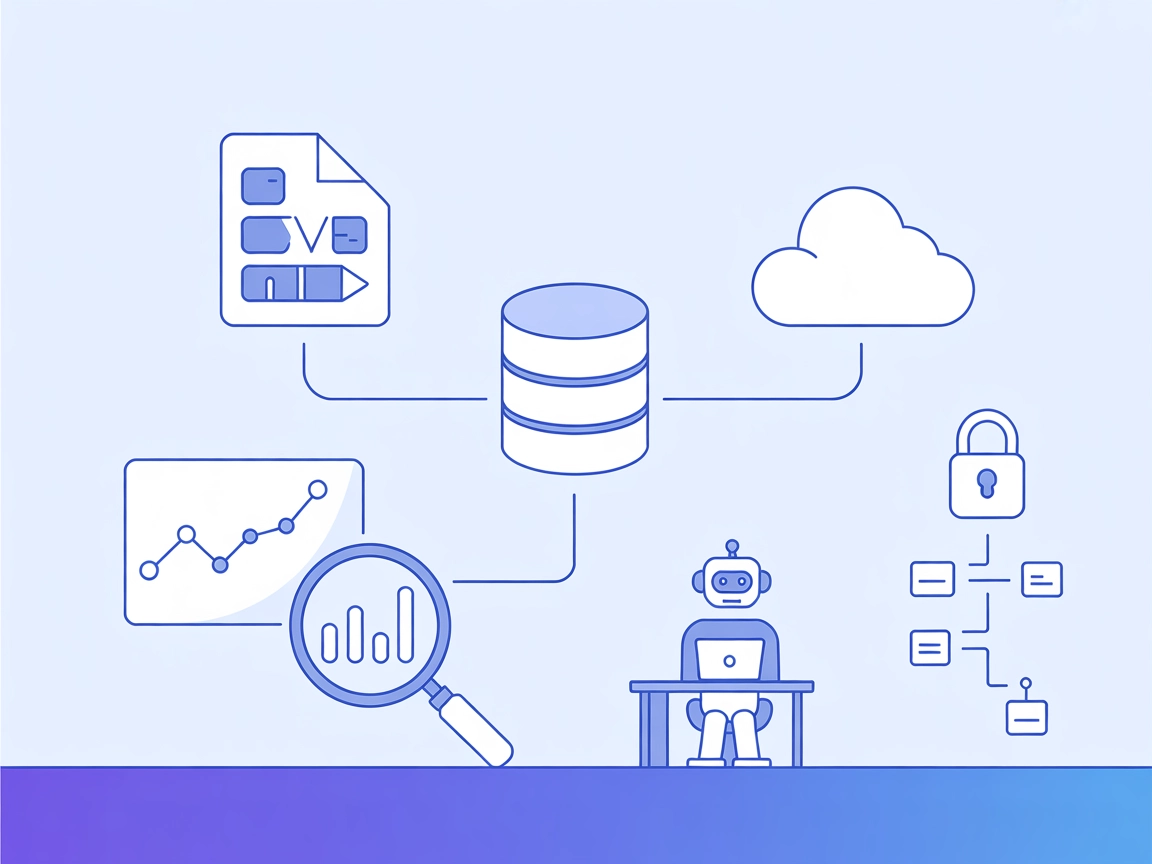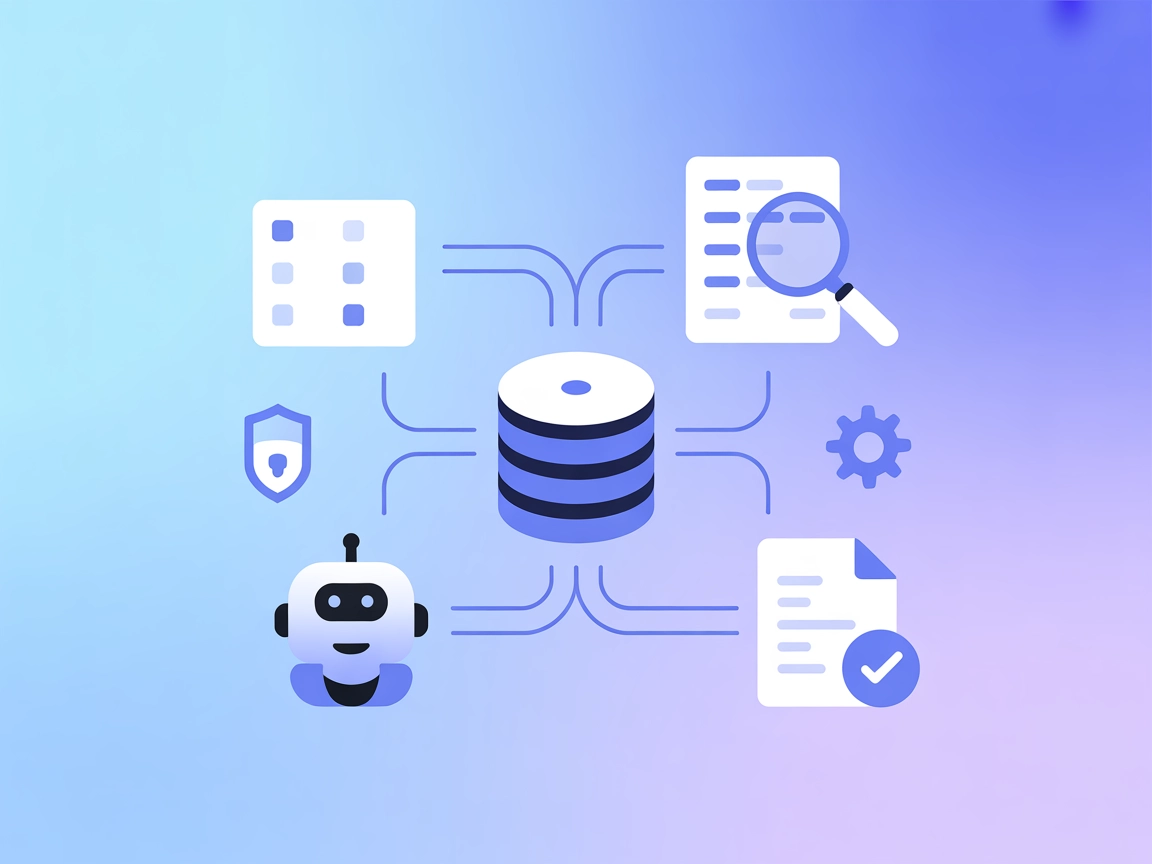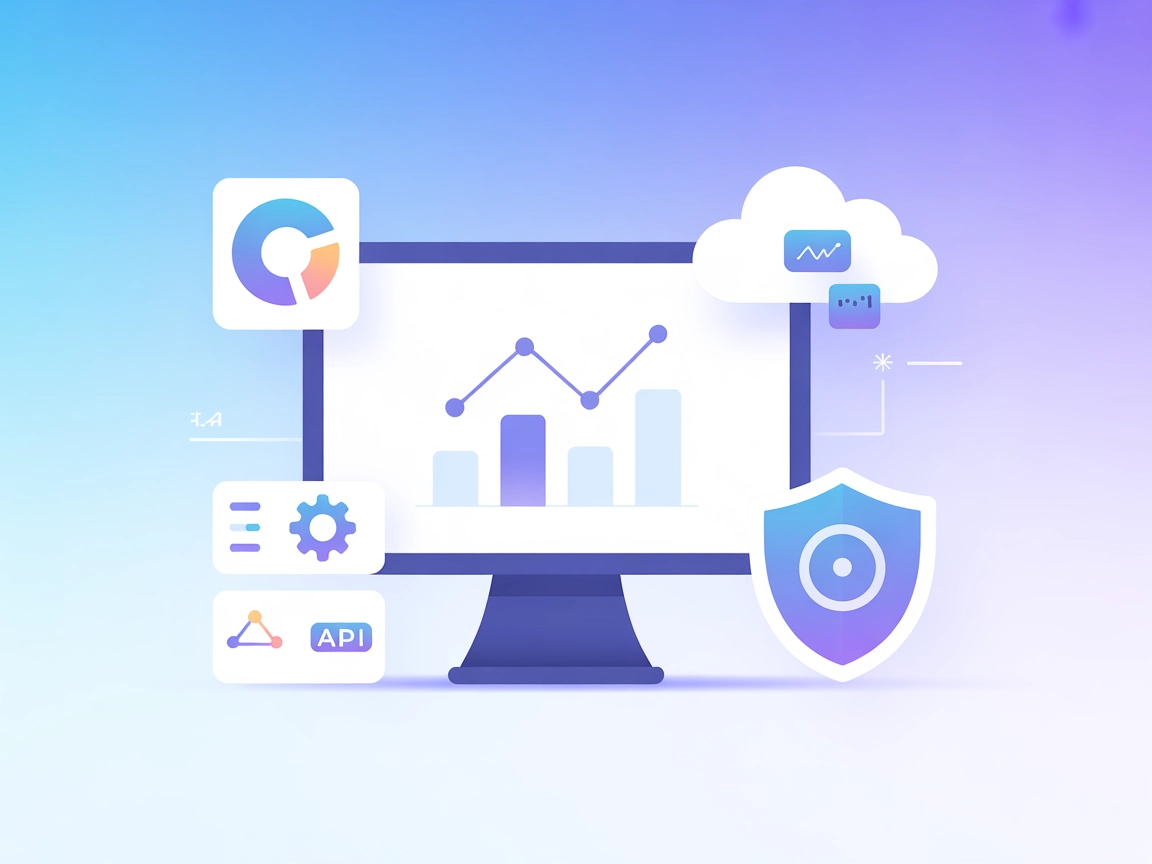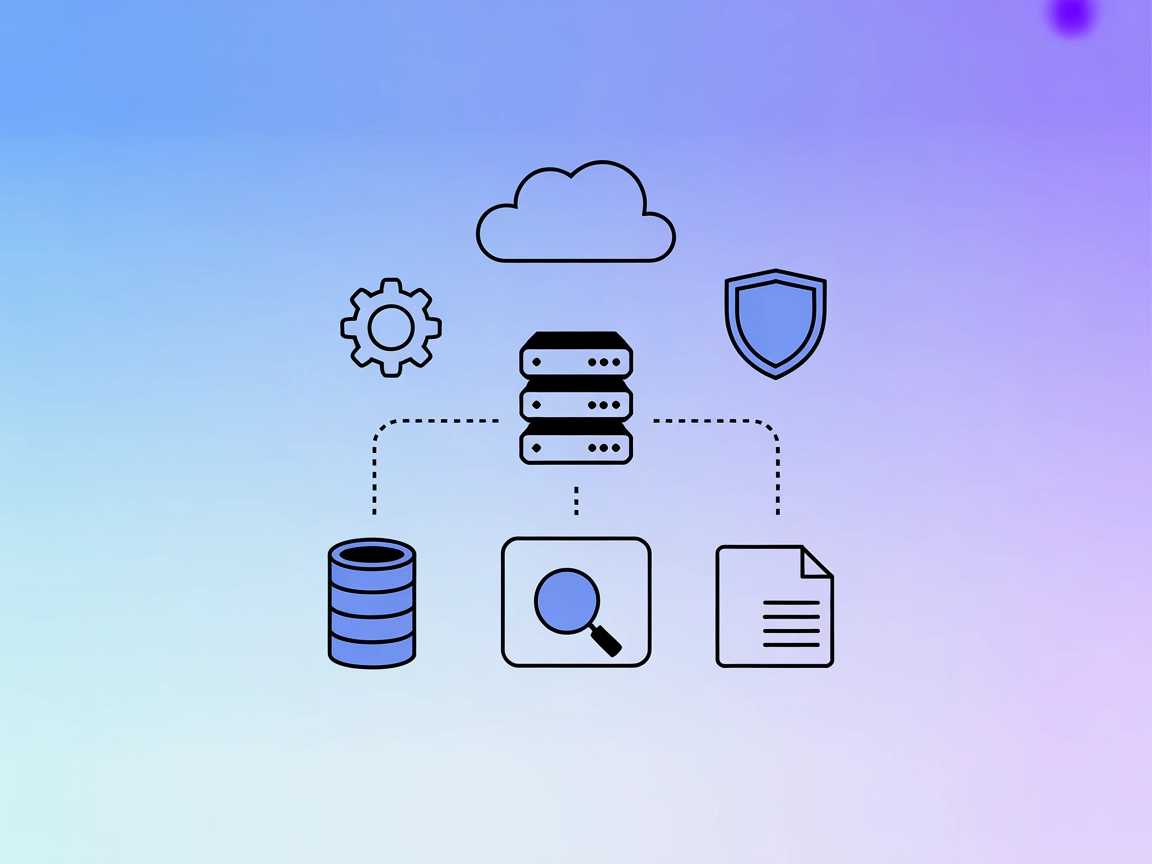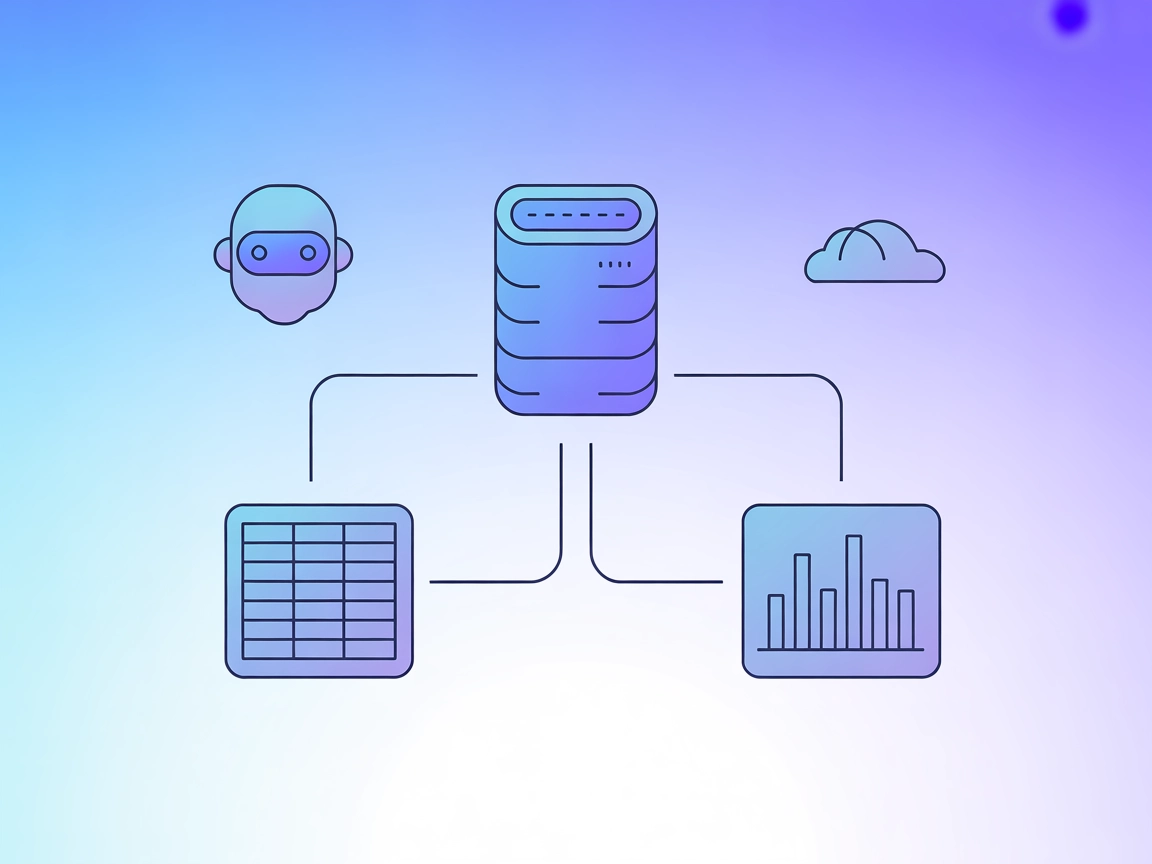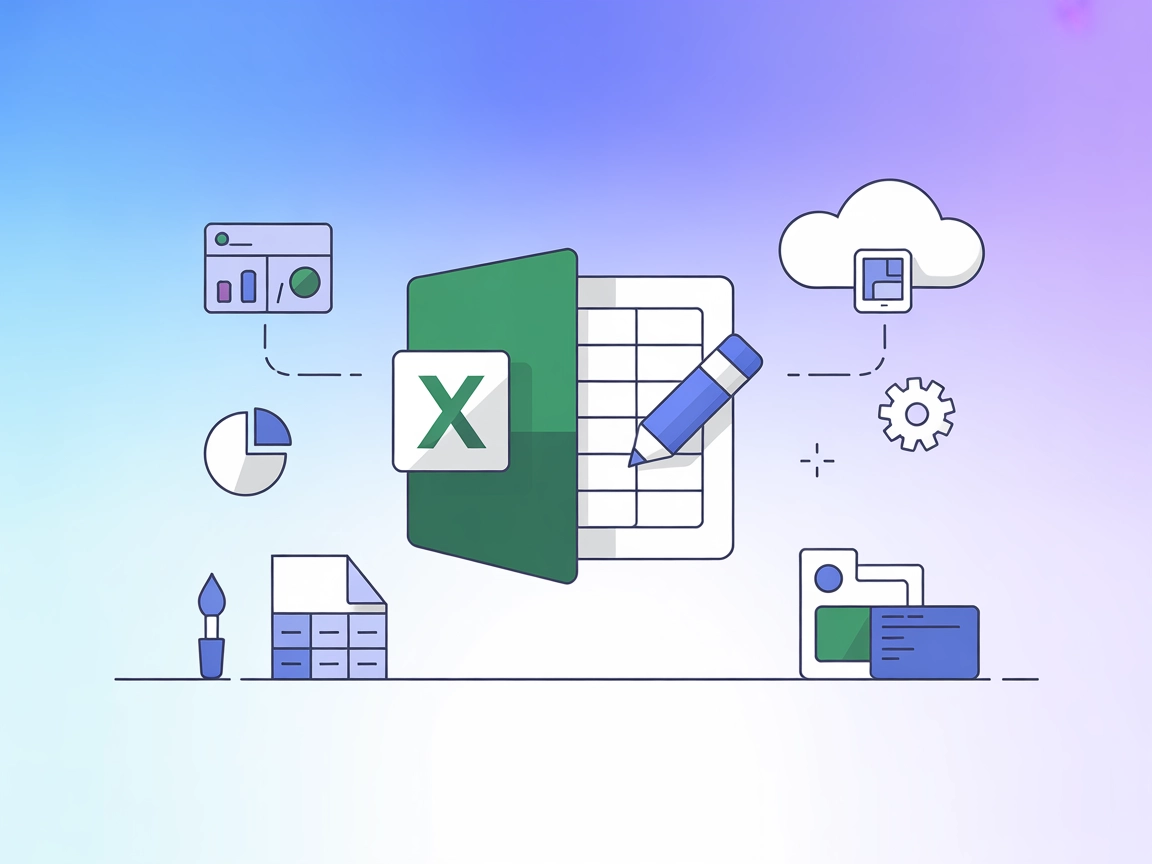
Excel MCP Server
The Excel MCP Server enables AI agents to seamlessly create, read, modify, and manage Excel workbooks without Microsoft Excel installed, unlocking automated dat...
The Excel MCP Server enables AI agents to seamlessly create, read, modify, and manage Excel workbooks without Microsoft Excel installed, unlocking automated dat...
The Strava MCP Server bridges large language models (LLMs) with the Strava API, enabling AI assistants to securely access, analyze, and interact with fitness da...
The Data Exploration MCP Server connects AI assistants with external datasets for interactive analysis. It empowers users to explore CSV and Kaggle datasets, ge...
The MySQL MCP Server provides a secure bridge between AI assistants and MySQL databases. It enables structured database exploration, querying, and data analysis...
The Quickchart MCP Server integrates the QuickChart.io service with FlowHunt, enabling AI assistants and clients to generate dynamic charts programmatically. Id...
The Typesense MCP Server connects AI agents to Typesense, an open-source search engine, enabling LLMs to search, retrieve, and analyze structured data collectio...
The VegaLite MCP Server enables large language models to visualize and manage tabular data using Vega-Lite syntax. It provides tools for saving datasets and gen...
An AI Data Analyst synergizes traditional data analysis skills with artificial intelligence (AI) and machine learning (ML) to extract insights, predict trends, ...
Clustering is an unsupervised machine learning technique that groups similar data points together, enabling exploratory data analysis without labeled data. Lear...
Content Enrichment with AI enhances raw, unstructured content by applying artificial intelligence techniques to extract meaningful information, structure, and i...
Exploratory Data Analysis (EDA) is a process that summarizes dataset characteristics using visual methods to uncover patterns, detect anomalies, and inform data...
Discover what an Insight Engine is—an advanced, AI-driven platform that enhances data search and analysis by understanding context and intent. Learn how Insight...
Pandas is an open-source data manipulation and analysis library for Python, renowned for its versatility, robust data structures, and ease of use in handling co...
Pattern recognition is a computational process for identifying patterns and regularities in data, crucial in fields like AI, computer science, psychology, and d...
Learn more about predictive analytics technology in AI, how the process works, and how it benefits various industries.
SciPy is a robust open-source Python library for scientific and technical computing. Building on NumPy, it offers advanced mathematical algorithms, optimization...
Learn more about structured data and its usage, see examples, and compare it to other types of data structures.
Find out what is unstructured data and how it compares to structured data. Learn about the challenges, and tools used for unstructured data.
Unsupervised learning is a machine learning technique that trains algorithms on unlabeled data to discover hidden patterns, structures, and relationships. Commo...
